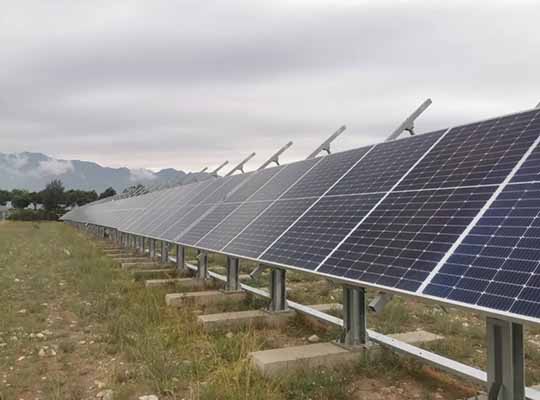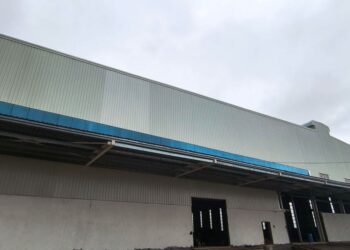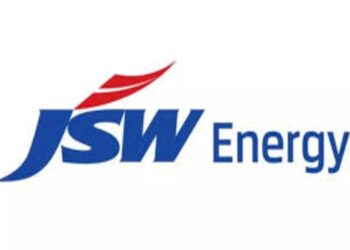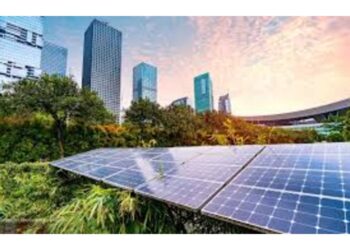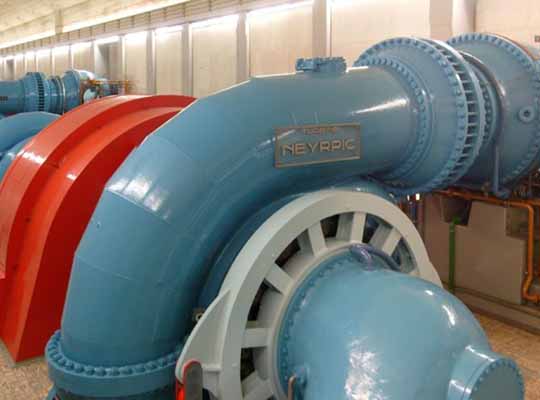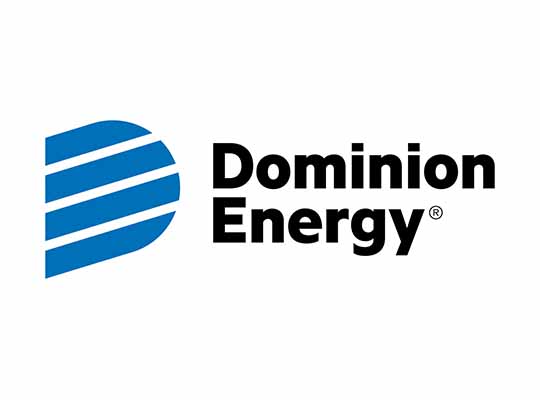JA Solar and TÜV NORD recently reported the results of a one-year energy yield test at the CPVT National Photovoltaic Experimental Base in Yinchuan, China. The test aimed to study and verify the power generation performance and operating temperature performance of different types of modules.
From February 2021 to February 2022, JA Solar and TÜV NORD tested the power generation capacity of JA Solar n-type module and found it to be 3.9% higher than that of the p-type PERC bifacial module. The test demonstrates the excellent power generation performance of the n-type module (with Bycium+ cell based on n-type passivated contact technology). This result will provide both manufacturers and downstream customers with adequate technical support.
The field test project is located in Yinchuan, which is typical of a temperate continental climate and an arid environment, with average annual peak hours being 1650kWh/m2 (horizontal level), average annual sunshine duration of 2800-3000 hours, and annual average temperature of 8.5 degrees Celsius. Yinchuan is one of those regions in China with the most solar radiation and solar spectrum very close to the standard AM1.5.
The field test plant is equipped with a set of n-type bifacial modules (with Bycium+ cell based on n-type passivated contact technology) and a set of bifacial p-type PERC modules, with installed power of approximately 6kW (as measured by the field test lab) for each set and an inverter of 20kW for both sets (consisting of two-way MPPT input, one way for each set, with maximum input current being 25A, to ensure no peak clipping in the inverter). A fixed support structure with a fixed tilt angle of 40° was adopted for installing the modules, which are about 1 meter above the ground. In addition to the environmental monitoring system, the project was equipped with a double-sided irradiance meter, a high-precision DC meter and a temperature sensor.
For the PV system design and module energy yield analysis, in order to avoid the effect of inverters on the power generation performance of different modules, only data from the DC meter was used for the analysis.
Comparison of power generation performance
In the full-year test period, the energy yield performance of JA Solar n-type modules and the PERC modules are shown in Figure 2. The average daily energy yield of these two modules was 5.03 kWh/kW and 4.84 kWh/kW respectively, with n-type modules surpassing the PERC modules by about 3.9%. The power generation capacity of PV modules depends on power degradation, temperature coefficient, low irradiance performance, operating temperature, bifacial generation performance, etc. While both types of modules are based on half-cut bifacial solar cells, the energy yield difference are mainly due to cell technology performance.

Regarding power degradation, due to the natural advantage of n-type wafer for the LID-free and better LeTID performance compared to conventional PERC cell, JA Solar provides a 30-year linear power output warranty with less than 1% degradation in the first year and less than 0.4% annual degradation in the following years. Calculations show power generation gain in the service lifetime to be up to 1.8% and first-year degradation data shows power gain of up to 1%.
As for high temperature energy yield performance, mainly related to the temperature coefficient and module operating temperature, theoretically, higher cell open-voltage means better temperature coefficient. The open-circuit voltage of n-type Bycium+ cell can reach 720mV, and temperature coefficient is -0.3%/℃, while p-type PERC is -0.35%/℃. During hot weather days, assuming module operating temperature is 55℃ (ambient temperature 30℃), n-type module power degradation loss is 1% lower than a p-type module, and with module operating temperature continually increased, high temperature performance of n-type module will be significantly better. At the same time, due to the higher conversion efficiency of the n-type module, the heat conversion of the absorbed light energy is correspondingly reduced, thereby reducing the working temperature of the module. This field test project also fully confirms this, and the average operating temperature of the n-type module is about 1°C lower than that of the p-type module. Figure 3 shows that the power generation of n-type module is much better in a high temperature environment, and power generation can be about 2% higher than that of the p-type PERC module.


Furthermore, the n-type module has 80% bifaciality which is much higher than the 70% of PERC modules. Assuming irradiance under the rear side is 100~150 W/m2 condition, the 10% bifaciality difference can bring n-type module energy gain 1%~1.5%, when the albedo is 20%~30%, the PVsyst simulation shows 0.8%~1.2% more power generation can be seen due to this factor.
As for the low irradiance energy yield performance, mainly with a shorter carrier lifetime, open-circuit voltage, sheet resistance, under 600W/m2 conditions, such as morning or night fall, simulation shows the n-type energy yield gain to be about 0.2%.



